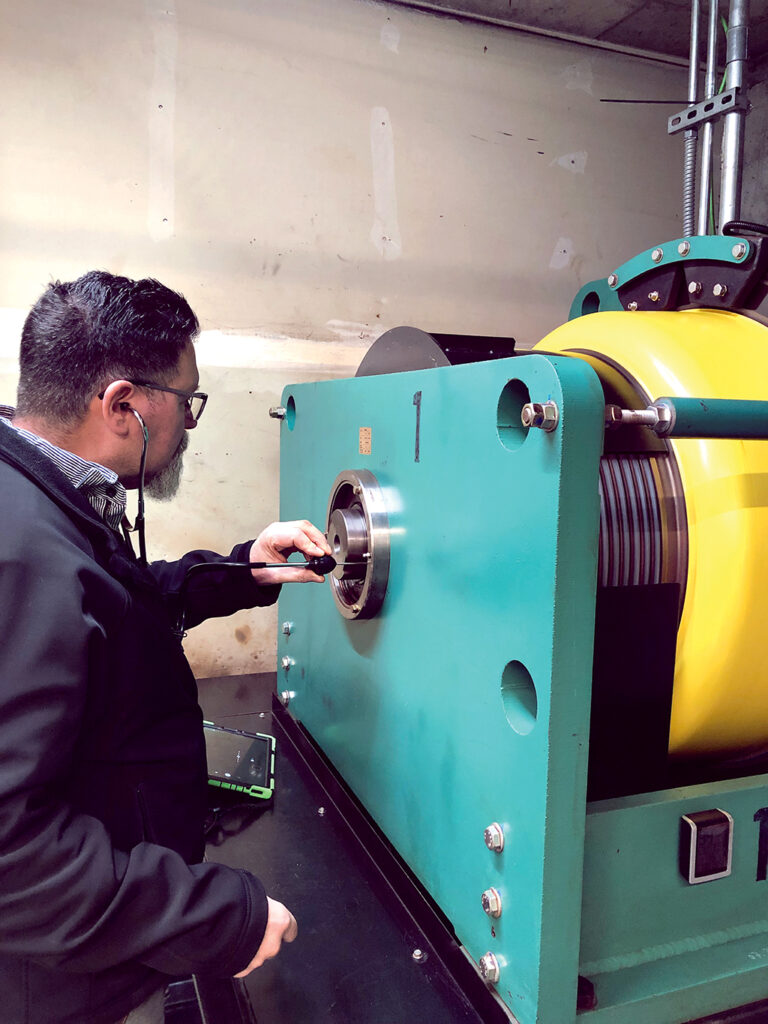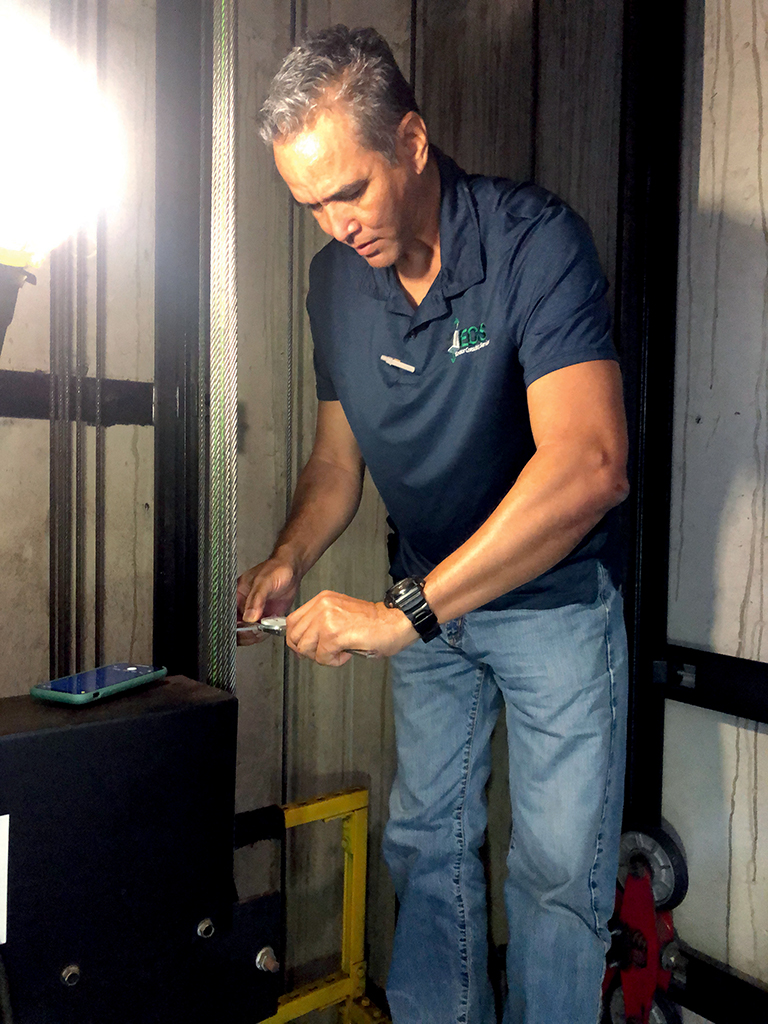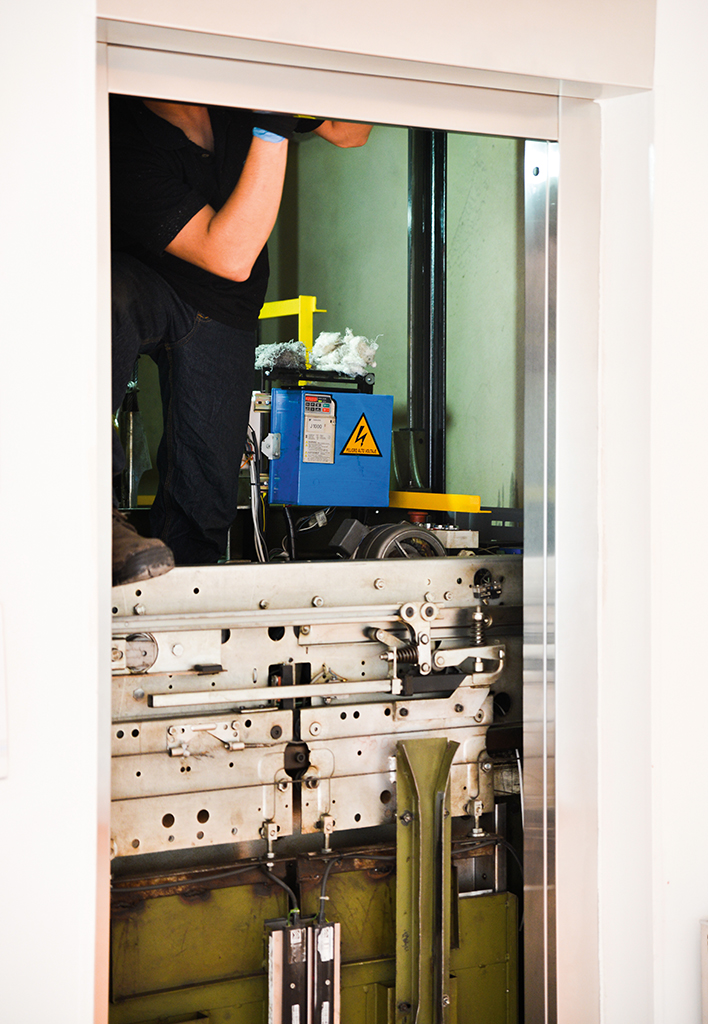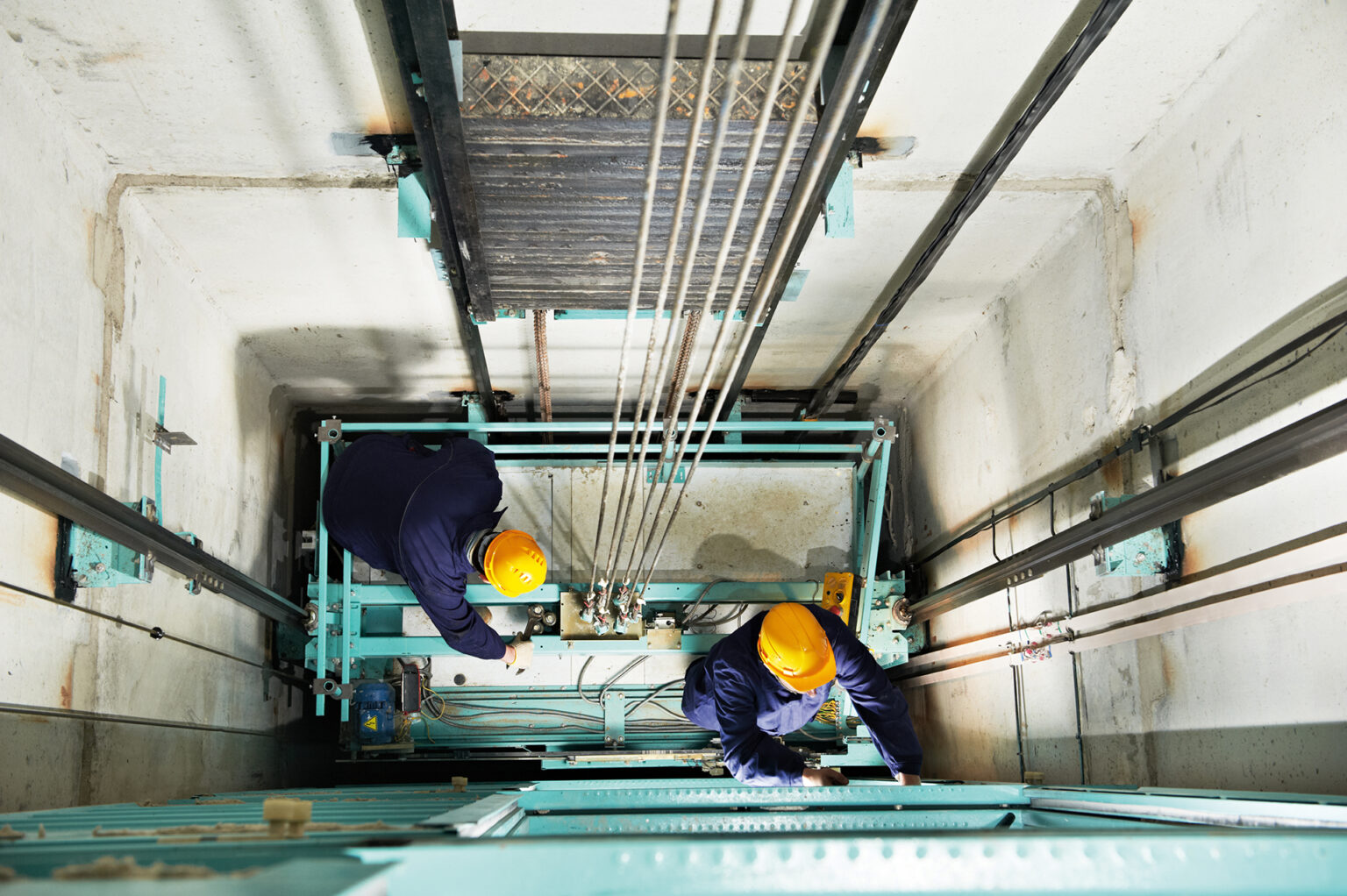Despite a rough few years due to the COVID-19 pandemic, Hawai‘i’s construction contractors and vendors are still hearing their phones ring (and inboxes ping) as demand for their services ramps up while the overall economy improves.
But as other businesses continue to experience an upswing, construction professionals need to keep their guards up and watch for potential pitfalls — particularly ones that may not be evident as a potential problem.
This holds true for the elevator sector. Whether a project is a new build-out, adaptive reuse or routine upgrade, there are considerations that should be taken into account when elevators are involved.
Building Industry Hawaii spoke with two local elevator consultants about what to look for when it’s time to bring on a contractor to construct and install a new elevator system or upgrade an existing one, as well as their outlook on current trends they’re seeing, both good and bad.
While they don’t perform construction work themselves, these consultants provide project management and a range of related services to contractors, from planning and preconstruction through closeout and beyond. Their insights, skills and perspectives are regularly called upon by industry professionals seeking guidance.
START ON THE RIGHT TRACK
Consumers may gravitate towards known brand names or the newest designs or technologies, but a product’s brand or marketing gimmick shouldn’t be the only considerations, as product life and reliability are also issues to consider.

“Early obsolescence of parts is becoming a big problem,” says Greg Ernst, president at Elevator Consulting Services Inc. (ECS), which provides elevator maintenance services in Hawai‘i. “We’ve seen elevators as new as seven to 10 years with major components being deemed obsolete. Sometimes the only option for a building owner is expensive upgrades.”
While this is an undesirable position for a building owner to be in, it doesn’t have to be this way.
“Much of this can be mitigated by using third-party non-proprietary equipment and having construction documents and maintenance contracts written to protect the building owner, not the elevator contractor,” Ernst says.
Among these protections that should be included is a clear description of the scope of the services that will be provided following project completion.
That’s because a trend of growing concern is “elevator companies not providing regular maintenance on the elevators in their maintenance portfolio.”

According to Ernst, “this is the biggest stain on the industry.”
As ECS performs maintenance audits, they often encounter building elevators where little maintenance has been done.
“They wait until the elevator breaks and then they try to charge for expensive repairs,” Ernst says, adding that customers should carefully scrutinize proposals presented by elevator contractors, as they may be structured so customers incur the costs of upgrades and repairs that are unnecessary or otherwise should be covered by a proper maintenance contract.

THE INSURANCE CRISIS
Hawai‘i’s current insurance crisis has been discussed mostly from the viewpoint of condo owners, building managers and connected stakeholders who are bearing the brunt of these costs, but its tendrils reach far and wide.
As premiums soar, with reported surges from 40 percent to 400 percent, solutions to mitigate this have remained elusive, causing many existing buildings to adjust their plans, and reconsidering their reserves and budgets.
Jared Okamura, president of Innovative Elevator Consulting Inc. (IEC), sees “a domino effect, where capital projects are being re-prioritized based on available funding and their ability to secure a loan with a financial institution.”
Okamura says this is causing a situation where elevator projects are having to compete with a building’s other maintenance needs, such as spalling and painting projects.
“[It] really varies building-by-building on how well they have planned these projects and how well they are funded to address them,” he says.
With many elevator projects being delayed or tabled altogether, Okamura says that properties “should focus on preserving their existing elevator equipment, and place emphasis on preventative maintenance and repairs by the property. The level of preventative maintenance and proactive repairs performed varies by elevator contractor.”
This connects back to Ernst’s point about choosing the right contractor in the early stages of a construction and installation project, and making a point of understanding what a given service agreement covers. How well a building is able to plan for their future reserves and maintenance projects can come down to how well-maintained the elevator system is, and whether the equipment is doomed for early replacement or if there is a means to prolong its life.
OTHER FACTORS
Both Ernst and Okamura cite ongoing labor shortages as another issue, as workers age out of the industry faster than they can be replaced.
“There continues to be a shortage of elevator inspectors, which is leading to difficulty in scheduling elevator testing when the installations are completed,” says Okamura.
Okamura suggests that elevator installers be proactive in scheduling test dates to avoid having the project sit for an unnecessary amount of time after completion while waiting for the process to work itself through.
These sources also point out that supply-chain issues persist. Though the situation has improved since the peak of the COVID-19 pandemic, elevator components are still taking longer than normal to source.
Things aren’t all doom and gloom, however. As with other industries, ECS and IEC have both seen an increase in business since the end of the pandemic.
“Post-pandemic, there was a rush of clients who were interested in assessing their current elevator systems and [modernizing] their elevators,” says Okamura. “Elevator reliability and safety was a hot topic [for customers], and many buildings wanted to first set a baseline of their current elevator operation and the expected lifespan remaining.
“Many of them decided to embark on their next phase of elevator life and hired us to be their guide into their elevator modernization.”
Ernst sees a similarly rosy picture for ECS.
“2023 was our best year ever and we are trending to exceed those results in 2024,” he says, noting that recent years brought a decrease in business for ECS, and a period in 2020 when new proposals completely stopped.
“Thankfully, that has worked its way through, and the current outlook looks very good,” Ernst says.






